Women’s History Month
As many of you know, March is Women’s History Month, and March 8 us International Women’s Day. I don’t know about you all, but my newsfeed was filled with mixed emotions. It ranged from women supporting each other to others believing that feminism is a fad started by entitled girls. For me, I believe that feminism is the advocacy of equal rights for both genders, but more specifically focusing on the woman’s rights. Another wave of feminism is coming to arise!
I would like to share the essay that I wrote for my English class last semester. I felt like this piece was germane seeing as it is Women’s History Month and being a female who loves to skate. Although, I’m not very good at it and personally, I find that the skateboarding community is rather sexist.
Over the course of writing this essay, I asked a couple of my friends who skate why they believe that there’s such a huge difference of female to male ratio in the skateboarding community and all of them have said that it’s because of how physically demanding the sport is, however, in Afghanistan, nearly 50% of skateboarders are females.
This goes to show that it is not skateboarding itself that is physically demanding. It is rather how the public in different culture views the sport. Over in Afghanistan, skateboarding is slowly considering to be a female sport.
Females in the Skateboarding Community
When a non-skater is asked to name one professional skater, he or she will probably recall Tony Hawk. Tony Hawk is famous for his huge involvement in skateboarding, as well as for being the first to successfully achieve a 900 at the X Games competition. When a non-skater – or even skaters, is asked to name one female in the skateboarding industry, oftentimes the response will be a “I don’t know.”
According to the article “The 30 Most Influential Skaters of All Time” in Transworld Skateboarding Magazine, or any list regarding the top skateboarders for that matter, not a single female has made the list (TWS).
Pretty much everyone can agree that skateboarding is a male dominant sport, but why is that?
In 2013, a video featuring Lacey Baker, a professional skater for Meow Skateboards, was named one of the best female street skaters according to Thrasher Magazine, a well known skateboarding magazine (Bailey). That is to say, Baker is a reputable and well known skater. In Hannah Bailey’s interview with Baker, she calls out the sexism in the skateboarding industry. At one point in the conversation, the skater questioned the reason why men watch women participate in the sport: “Are you watching women skate to get a boner or do you actually respect us for our skill level of skating?” (Bailey). She talks about how her skill level is completely disregarded oftentimes by other male skaters. The skater believes that rather than her fellow male skaters judging her based on her acquired skills, they judge her based on her appearance.
Although she may have had a negative experience with that group of skaters, much of the skateboard community encourages women to skate – considering how few there are out there. It does not necessarily mean that those groups of skaters catcalling females should be ignored.
From my experience, most of the catcalling I received comes from people who do not skate or pretend to skate, otherwise known as posers.
One argument that was made during the interview was about Baker’s income from skateboarding in comparison to male skaters. Nyjah Huston, a professional skater for example, skates for a living; that is his main source of income. For Lacey Baker, however, she does not receive any compensation from companies that sponsor her. Regarding sponsorships, the most Baker receives are flow sponsors, which are free products with no compensation (Bailey).
When we think of pro skaters, like Tony Hawk, Ryan Sheckler, and Paul Rodriguez, they are able to leave their current day job in order to continue skateboarding. However, that is not the case for the talented female skater. She still works a full time job graphic designing. Perhaps, this has something to do with her skill as a skater. However, the fact that not many women are currently compensated in the sport suggests this has more to do with their gender. Big companies do not sponsor women as much as they do for men due to the unpopularity it holds.
Why bother spending time and money towards building the female skate scene when they know they can generate a lot of revenue from the male skate scene?
One of the most popular female skaters is Leticia Bufoni. She is sponsored by some of the biggest skateboarding brands, such as Nike SB and Oakley. It is no doubt that the female pro skater has thousands of young girls looking up to her, hoping to break out of the social norms. In mid 2015, Bufoni did a nude photoshoot for ESPN’s Bodies We Want Magazine issue.
The concept of the photoshoot was described as, “At first, you think the photos come off as sexy. But it’s really about what each sport does to the body of a top athlete,” according to the skater during an interview with Rolling Stone (Hendrikx). If the concept of the shoot was to show the athlete’s body in action while performing the sport, then why are the pictures of Bufoni just her simply in the air with her board covering her genital?
When the ESPN’s nude pictures of the skater were released, it went viral within the skating community.
It is already taunting enough for girls to go to the skateparks alone due to catcalling and other sexual innuendo. But did the photoshoot with ESPN help with the many cases of young girls wanting to skate? The majority of “core skaters,” skaters who actively ride at skateparks or perform tricks, are males roughly between the ages of 10 through 20, which can give off the impression of these stereotypical skateboarders to be hormonal-filled males. On social media, it is no surprise that male skaters will post the nude pictures of Bufoni with captions such as “Girls Who Skate #WCW” followed by a bunch of water droplets and heart emojis. This also relates back to Baker and her insight on how skaters will judge based on their appearance rather than their skills.
Are males really watching females skate for their skills or for their bodies?
Out of all the action shots that Bufoni has accumulated over her years of skating, the social media user will most likely post the ESPN pictures. Maybe those pictures were marketed towards males to purchase the magazine, but this essentially discourage women from participating in skateboarding because it objectifies women and their body. This ties back into marketing towards male skaters. Bufoni is an attractive woman with long blonde hair, which generates a lot of attention rather than Lacey Baker, who can be easily mistaken for a male with her short pixie haircut.
Exactly a year ago, Street League Skateboarding, a well known street skateboarding competition, has finally add a women’s division after five years of being founded (Roenigk). One could say that this is a huge progression for the females in the skating community, but is it really something to applaud Street League for, especially if it took them five years to realize that women need their own division?
The first place prize for the women’s division is $30,000 while the first place prize for the men’s division is at least $100,000 (Roenigk). Wouldn’t a female skater as talented as Leticia Bufoni rather compete for the larger prize money? Of course, this all comes down to how many views female skaters will generate, and why have such a high prize money for a division where it is unknown to be successful or not?
Hopefully in the near future, more women are encouraged to skate and Street League will equalize the prize for their women’s division.
When we look at the demographics of skateboarding in the United States, less than a quarter of core skaters are female. Using “skateboarding involves a lot of injures that many females cannot withstand” as an excuse to explain that reasoning is extremely sexist and highly invalid. If we look into Afghanistan’s demographics for skateboarding, nearly half of the core skaters are females and it is the largest female sport in that country (Perocivch).
Even with the controversial gender roles in Afghanistan, no one stopped females from skateboarding since it is such a new and unknown sport that was introduced by Oliver Percovich, a skateboarder who moved to Afghanistan for his girlfriend’s research job, less than a decade ago. Percovich opened a non-profit organization, Skateistan, that gave young children the opportunity to learn skateboarding (Perocivch). This was a complete game changer for the females in Afghanistan.
Females were not allowed to do many things, such as having a job, going to school, or even playing any type sport because it was viewed as culturally inappropriate. Skateboarding made young girls feel empowered and are actually encouraged to skate.
The reasoning on why there’s such a huge gender gap in America versus Afghanistan is most likely due to the culture’s perspective on the sport and genders. In a country that oppresses women, skateboarding is becoming a female dominant sport.
Skateboarding is not easier in Afghanistan than it is in America. It’s the same sport overall.
When the general public of America think of the sport, negative connotations comes to mind. Society is made to believe that skateboarding is for rebels and that it is essentially illegal with signs and warnings such as, “No Skateboarding” or “Skateboarding is Prohibited”. In a way, skateboarding is rebellious because it is an individual sport that differs from the average traditional sport, such as football or cheerleading, which requires weekly practices and authority figures telling you what to do.
There is also a huge margin of people who participate in skateboarding compared to football. Already, skateboarding itself is not that widely known within the general public. Society endorses children to participate in more well known sports, such as football or cheerleading, rather than skateboarding due to the negative connotations it presents.
So why exactly is skateboarding such a male dominant sport?
When we look at two incredibly talented female skaters, Lacey Baker and Leticia Bufoni, they are both treated differently. More attention is drawn towards Bufoni because of her stereotypical female appearance. It’s not uncommon to see a male skater because it is part of the social norms. Since males have dominated the sport for decades, it is a risk for big companies to invest in the women skating scene when there is not much audience presented. The gender gap presented within the skating community is not because of the gender roles, nor is it because “skateboarding is physically demanding,” or “skateboarding is dirty”. It is rather the public’s perception and the sexism that is presented within the culture.
References
Bailey, Hannah. “This Pro Skateboarder Wants the Skate Industry’s Views on Women to 180” Broadly RSS. Vice Media LLC, 17 Dec. 2015. Web.
Hendrikx, Eric. “Leticia Bufoni on the Perils of Skating Naked.” Rolling Stone. Rolling Stone, 25 Aug. 2015. Web.
Perocivch, Oliver “Skateboarding in Afghanistan” TEDxSydney. Jun 2014. Lecture.
Roenigk, Alyssa. “6 Reasons Street League Is A Game Changer for Women’s Skateboarding.” EspnW. ESPN, 2 Oct. 2015. Web.
TWS. ”The 30 Most Influential Skaters Of All Time.” TransWorld SKATEboarding. The Enthusiast Network, 14 Feb. 2016. Web.

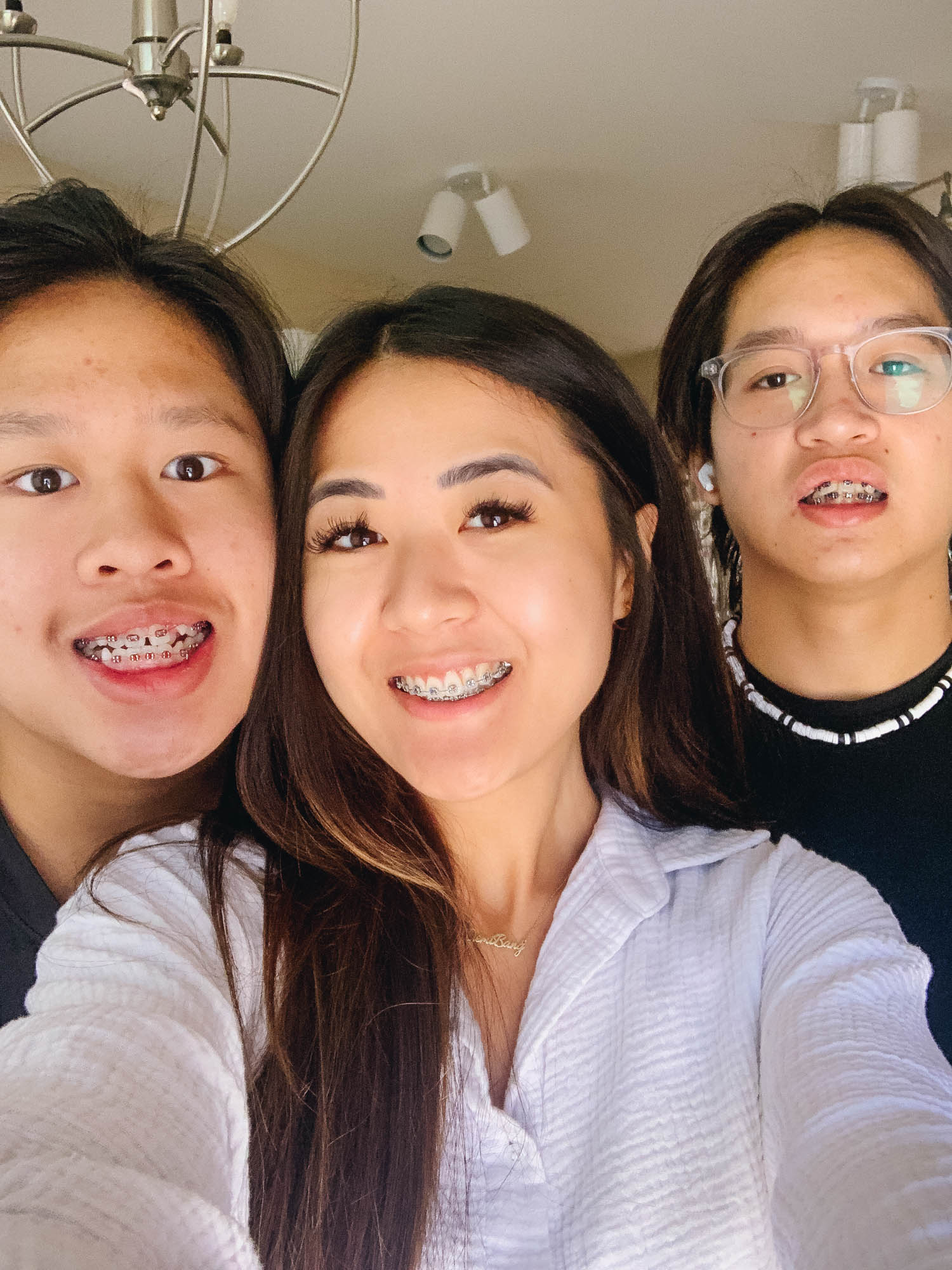
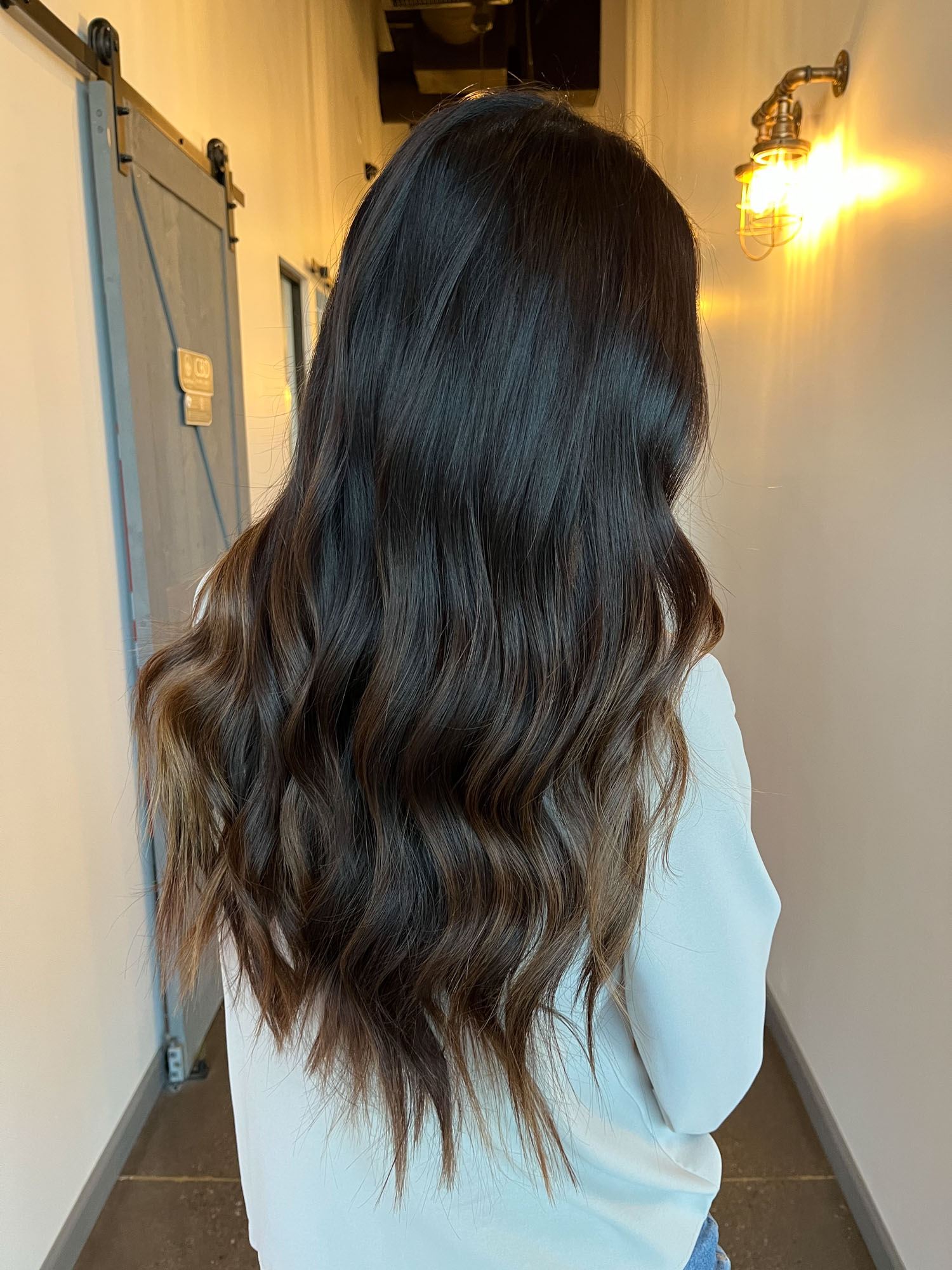




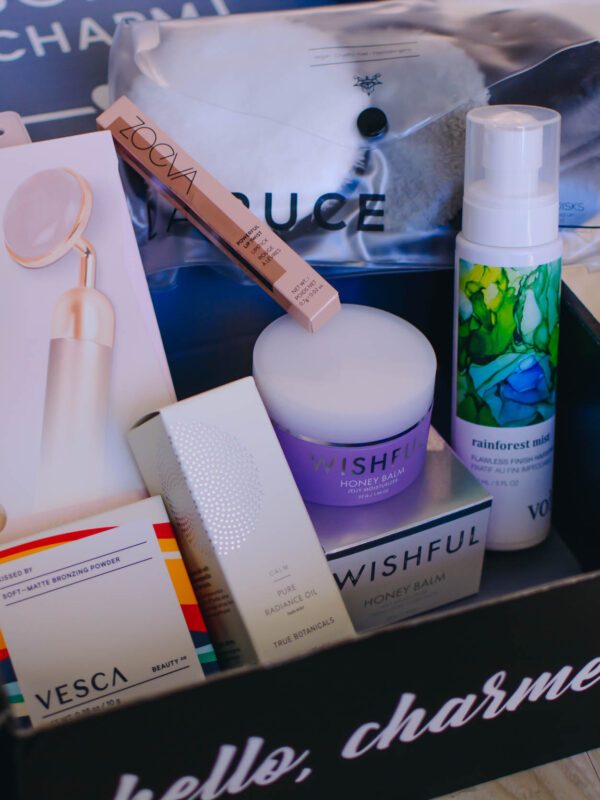
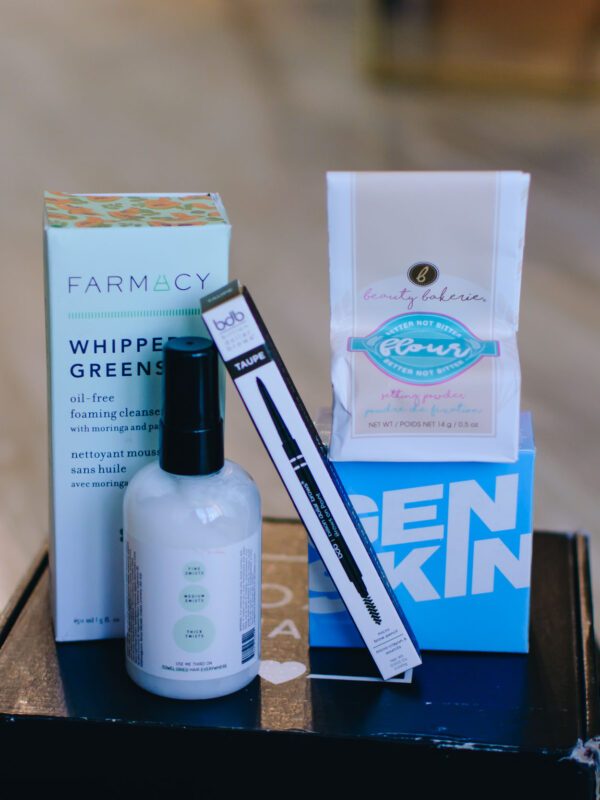












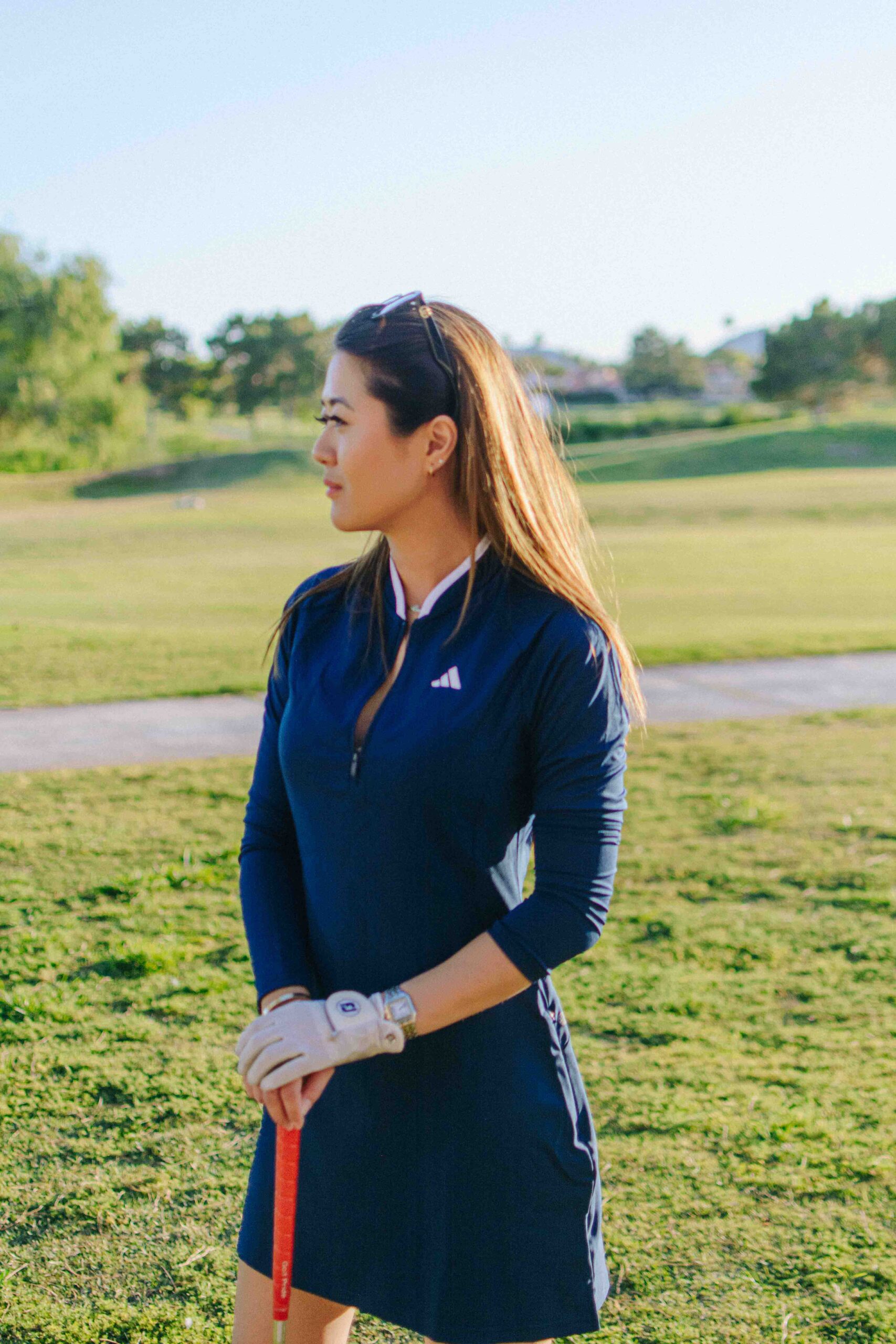



























Leave a Reply